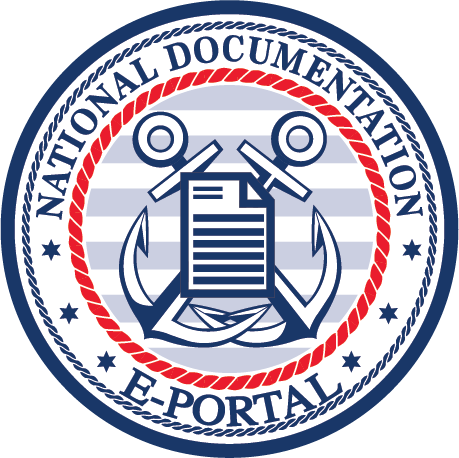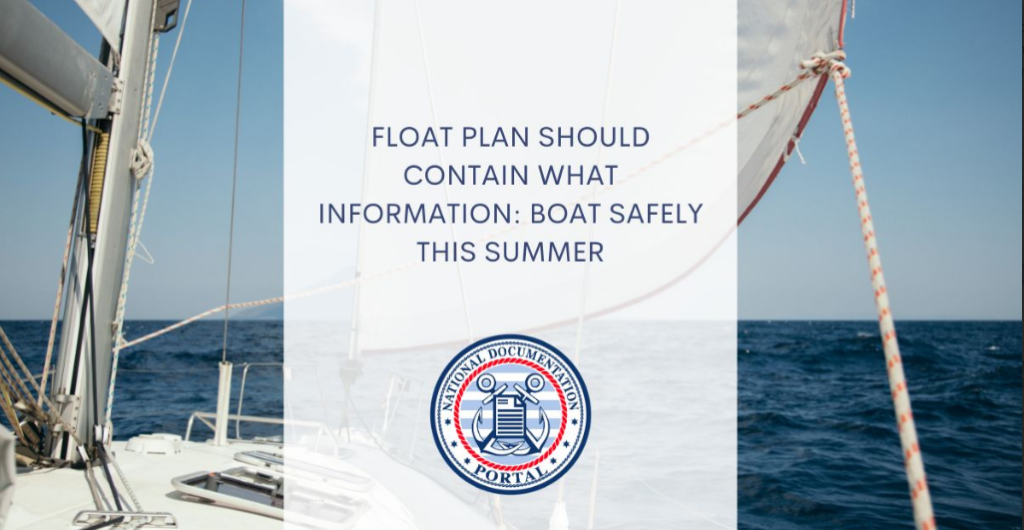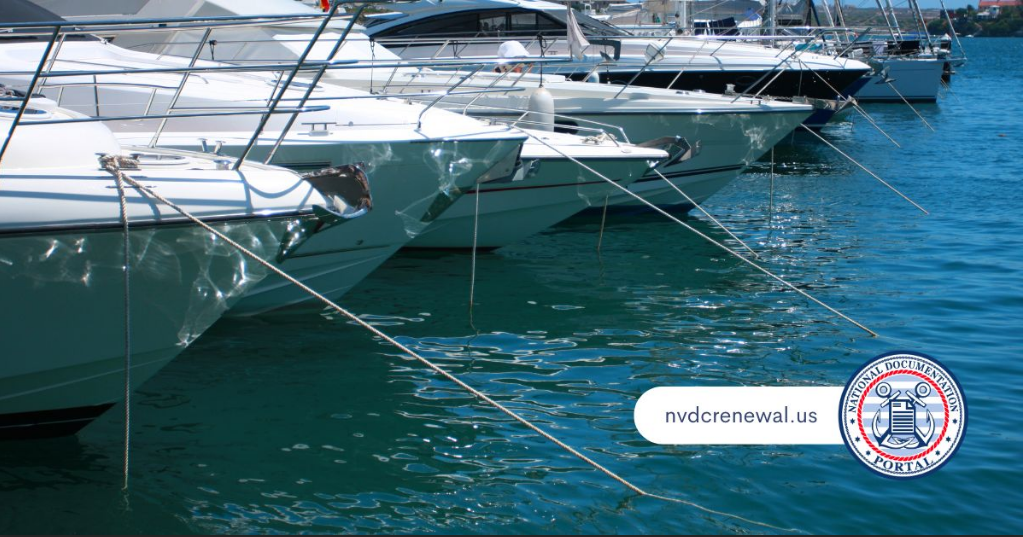Before you go out for a great time with friends and family on the water, do you submit a float plan? Do you know what should be in one? Completing one is always a good idea. This is a crucial safety document that should be completed before embarking on any boating trip. It provides important details about your voyage and helps ensure your safety by informing others of your intentions. Our vessel documentation site always wants vessel operators to be safe on the water. If you’ve been wondering “a float plan should contain what information,” read on.
So, a Float Plan Should Include What Information?
To be thorough, include the name, type, registration number, and any distinguishing features of your boat. Provide the vessel’s dimensions, such as length, color, and hull type, as well as its communication equipment (e.g., VHF radio, EPIRB). You can even list the radio channels or frequencies you’ll use. Additionally, you may indicate how often you will check in or provide updates. Be sure to specify the dates and times you plan to depart and return. Mention your intended route, including departure and destination points, along with any planned stops or waypoints.
Who Do You Give Your Plan To?
Basically, someone on land that you trust. Ideally, it should be someone who will be able to monitor when you should return, who can get to authorities if necessary, and so forth. When choosing a person, use common sense: pick someone you can rely on, someone you can trust. It can make all of the difference.
What Vessel Owners Should Always Do Before They Leave (In Addition to a Plan)
Just because you created the best plan in the world, that doesn’t excuse you from boating safely, from taking care of your boat and those on it, etc. For example, make sure you have the right safety equipment on board, such as life jackets, flares, fire extinguishers, and first aid kits. They should be in good working condition and easily accessible.
Mistakes Vessel Operators Make
Do not fail to leave a copy of the float plan with a responsible person who is aware of its importance and knows what actions to take in case of an emergency. Inform the person holding the plan if there are any modifications to your itinerary or if you encounter unexpected delays. When completing the plan, be as specific as possible when it comes to identifying information about your vessel.
Our Vessel Documentation Site Is Here to Help
Remember, completing a float plan is only one aspect of boating safety. It is equally important to have the necessary knowledge, skills, and experience to operate your vessel safely, to follow all applicable regulations and laws, and to be aware of weather conditions and navigational hazards. That said, there’s more to operating a vessel than simply operating it safely (although that’s crucial). If your vessel requires documentation or you wish to document it, we can help. Learn more here.


